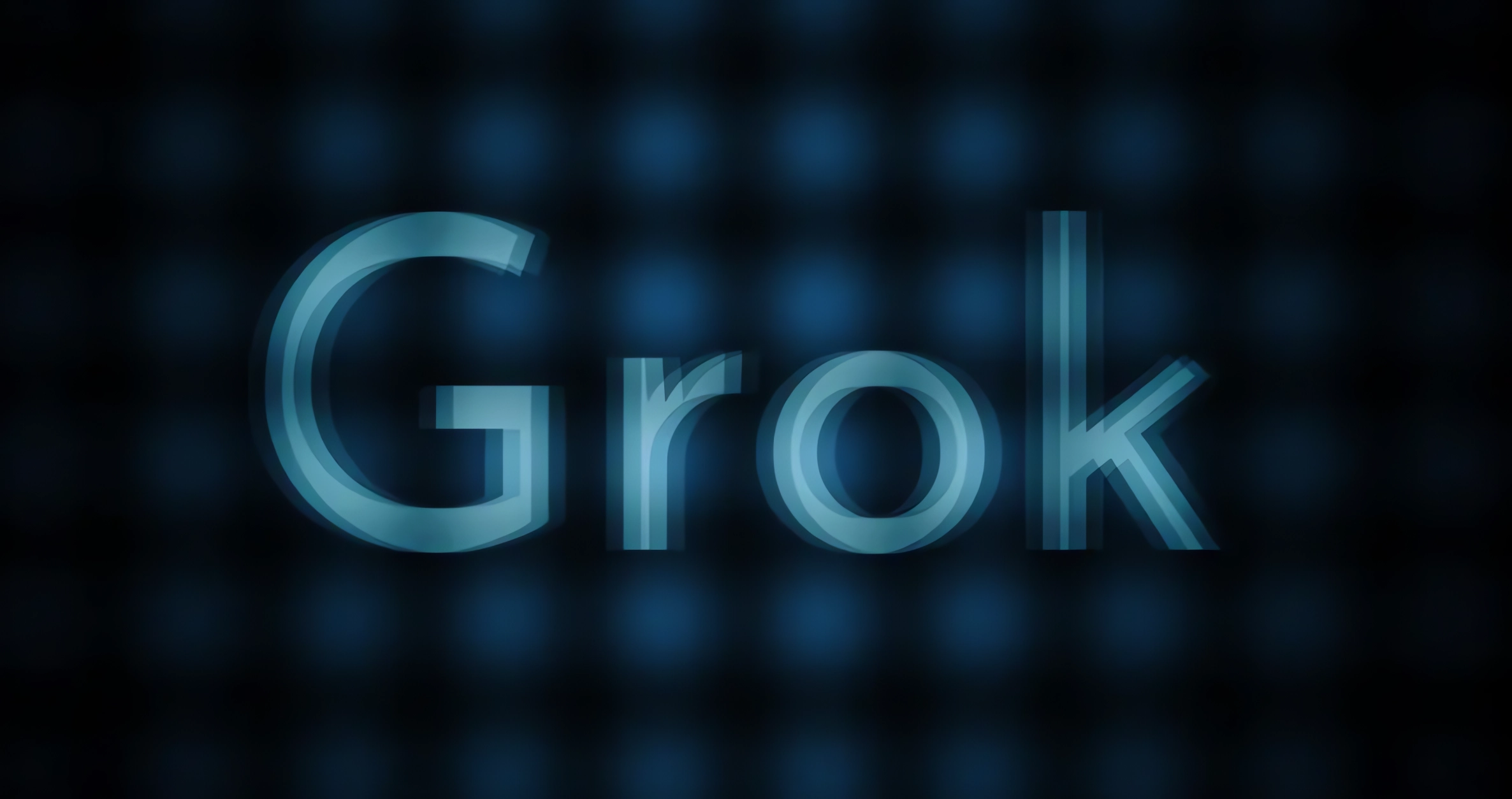India’s space tech scene is no longer confined to ISRO launches and Mars missions. A new generation of startups is reshaping the country’s perception of the space sector and its diverse applications. Fueled by new space policies, private players are now venturing into territories once dominated by the government, building rockets, deploying satellites, and crafting high-tech Earth observation systems.
From agritech to defence, startups are looking upwards, focusing their efforts on the orbit. One such company is PierSight, a satellite startup with a keen focus on the oceans.
With one foot in deep hardware and the other in smart software, PierSight is transforming satellites into powerful tools for sea-level intelligence, monitoring illegal fishing, oil spills and much more.
Beginnings at ISRO
PierSight was founded with a clear mission dedicated to understanding the maritime domain. “Our first focus is on a dedicated maritime satellite constellation,” said Gaurav Seth, co-founder and CEO of PierSight, in an exclusive interview with AIM.
Seth, an alumnus of the Indian Institute of Space Science and Technology (IIST) and a former scientist at ISRO’s Space Applications Centre (SAC), crossed paths with his current co-founder and CTO, Vinit Bansal, a BITS Pilani graduate, during their professional journeys.
Bansal, with his deep systems prototyping expertise gained at National Instruments, collaborated closely with ISRO and the defence ministry. Their shared passion for space ultimately led to the inception of PierSight.
The founders didn’t stumble into the sector by chance. “I always wanted to start something in space tech,” Seth said. Adding to this, Bansal told AIM, “We’ve seen the journey of building satellites from start to end, and were well-poised.”
But why maritime? “Traditionally, this was done by flying helicopters, aircraft, speedboats, ships, but they weren’t as optimised as a satellite. A satellite can cover 400 square kilometres every second. No other method can cover that,” Seth explained.
The founders added that they explored various sectors, including communication space, IoT, optical space, hyperspectral synthetic aperture radar (SAR) and navigation, conducting extensive market research before choosing this sector.
Space Hardware and the Varuna Mission
A key turning point for the startup came during its debut mission—the Varuna experiment. Varuna is a proof-of-capability project for its SAR system. “The goal was [to demonstrate] that SAR is a complicated satellite, one of the most complicated Earth observation satellites, and we were able to de-risk our SAR technology,” Seth elaborated.
Yet, this complexity was what excited the team. Unlike optical satellites, SAR operates regardless of weather and light conditions, making it ideal for round-the-clock ocean monitoring. Moreover, with 80% of global trade transported by sea, the demand for such capabilities is steadily growing.
The Varuna programme had two parts: a space-based validation on ISRO’s PSLV Orbital Experimental Module (POEM) platform and a ground-based trial via drones. This dual-track approach “brought the whole technology to a TRL (technology readiness level) of 7”, establishing confidence in PierSight’s hardware and team.
“Varuna was designed to meet the power constraints of ISRO’s POEM-4 mission. So it cannot do imaging from space. But when you put it on a drone, that distance is enough,” he explained. The team was able to generate SAR images even from the drone test—a validation of their tech’s core promise.
What began as a test has now become a product pipeline. “The IP which we built using the Varuna programme is being directly used for our next mission,” Bansal added. With its in-house electronics now space-validated, PierSight is transitioning to a fully commercial satellite constellation.
AI at Sea
At the core of its product is not just the hardware but intelligent software. PierSight’s MATSYA platform uses AI to make SAR data accessible and actionable.
“It’s an AI-driven software with a human language variable system in which the user is completely agnostic of tech. They don’t understand what’s happening in the background. Just mention the query and they will get an output of the result,” Bansal explained.
PierSight is building not only satellites but also a data analytics engine powered by AI that goes beyond shipping efficiency.
The first experiment focuses on oil spills, maritime applications, vessel detection, and classification. At the same time, the startup’s solutions aim to provide “situational awareness” to address issues like dark ships, illegal fishing, and maritime pollution in global ocean trade and security.
Its reach is expanding rapidly. “We are working closely with the Singapore government for their maritime port authority and also with global NGOs such as Global Fishing Watch,” the founders shared.
Moreover, there are active projects with the Indian and US coast guards, which eventually aim to track the ESG (environmental, social, and governance) score of ships by understanding what route they take and when they reach.
Not Just AI But Also Compute
From real-time vessel classification to oil spill detection, PierSight is embedding AI models that go beyond surface-level analysis. “We’re working on comprehensive sensing…to detect a vessel in SAR data before even making an image,” Bansal shared. “Each of these solutions requires a lot of AI models.”
The company is pushing these boundaries further to compute. Its upcoming satellites are being designed with onboard intelligence. “Eventually, from the second and third satellite onwards, we are going to have full edge compute,” he added.
This will allow real-time detection of events such as illegal shipping or oil spills directly from space without having to transmit raw data first. “That information will be relayed via two links. One is the internet in space. The other option is we also have an AIS (Automatic Identification System) transmitter on our satellite.”
However, working with satellite data isn’t without its challenges. “SAR is counterintuitive because our eyes see in optical. Our eyes don’t see microwaves. So, adoption of the data is a challenge,” Seth pointed out. The solution, once again, lies in AI. “We’re trying to solve that by incorporating AI, so that SAR data adoption is widespread.”
PierSight has forged a strategic partnership with New Zealand-based Pinpoint Earth, a company specialising in solar-powered, high-precision geolocation services. Together, they offer a comprehensive solution for maritime domain awareness, combining PierSight’s SAR imaging capabilities with Pinpoint Earth’s real-time vessel tracking.
In recognition of its innovative approach to ocean sustainability, the startup was also selected for the Sustainable Ocean Alliance’s Ecopreneur Network Class of 2024. This inclusion offers lifetime support, mentorship, and funding opportunities, aligning with its mission to improve ocean health through technology.
Global Mission, Local Strength
Looking ahead, the team plans to expand to new sectors. “Once we capture this maritime market, we want to go after the next niche market. And the next niche market is land subsidence,” the founders said.
With privacy and regulations, PierSight is keeping things tight. “We are complying with the observation policies of India and the US, and we seek the law of the land if we are imaging near the coast,” Bansal assured. “Our data is coarser than 30 centimetres GSD (ground sample distance), which will not require any stringent approvals.”
Though its eyes are on the globe, PierSight is proudly rooted in India’s growing space-tech ecosystem. “ISRO has done a great job in…training people in doing something that we are doing, like building these satellites,” he further said. Much of its 40-member team comes from ISRO’s talent pool, enriched further by programmes run by IN-SPACe, India’s new space regulator.
Even with policy hurdles, like inconsistent implementation of 0% customs duty for satellite components, PierSight remains focused. The founders stress not losing time and just paying customs duty to get the components.
While PierSight’s roots lie in technological innovation, its goal is deeply humanitarian and environmental. “Our goal is to improve the situational awareness because when there is no situational awareness, oceans become like the Wild West. All illegal things happen there,” Seth stated plainly.

 2 hours ago
2
2 hours ago
2



